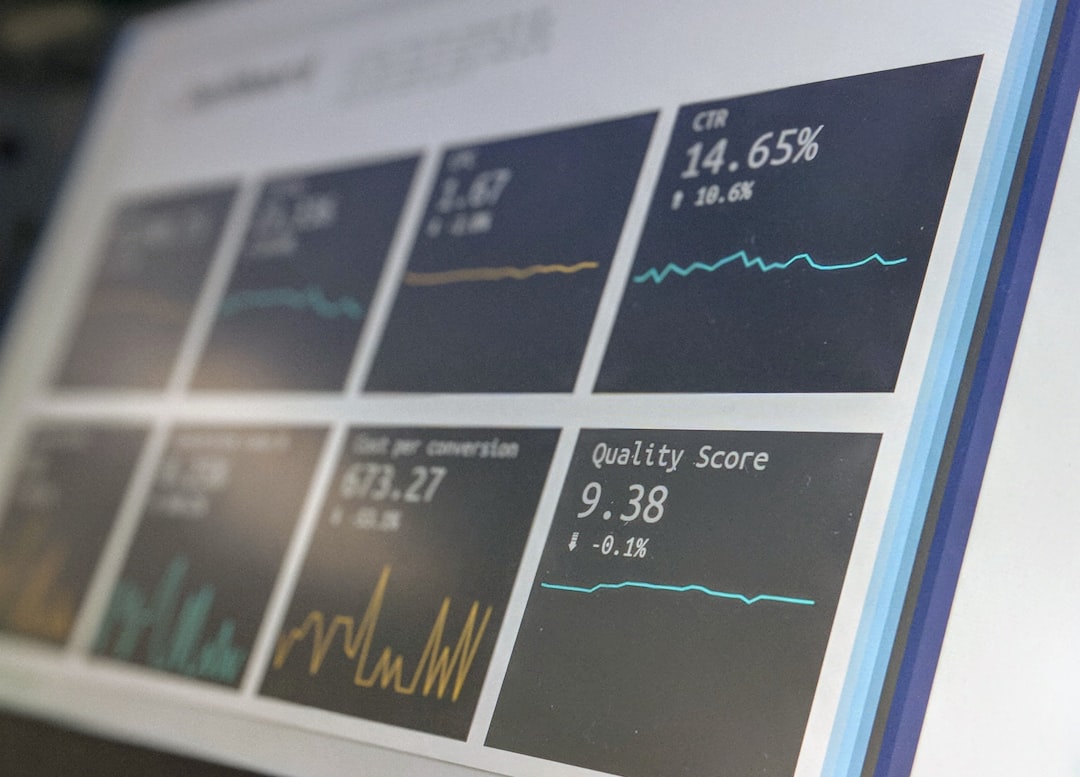
Essential Economic Resources for Students: Unlocking Financial Literacy
## Introduction. As students embark on their educational journeys, grasping the fundamentals of economics can be crucial for both personal finance management and understanding the broader economic environment. With the complexities of modern economies and financial instruments, students need access to reliable resources that enhance their learning, provide insights, and foster critical thinking. This blog post dives into essential economic resources that can help students build a solid foundation in economic literacy, enabling them to navigate their academic environment and beyond. ## Understanding Economic Concepts Through Online Courses. Online learning platforms such as Coursera, edX, and Khan Academy offer numerous courses in economics, ranging from introductory classes to specialized subjects like behavioral economics or international trade. These platforms often provide free access to course materials, lectures, and assignments from reputable universities and instructors. By engaging with these courses, students can gain crucial theoretical knowledge and practical applications in economics which can assist them in their academic curriculum. Online courses are also beneficial for students who prefer a self-paced learning environment. Whether revising complex economic theories or grasping the principles of micro and macroeconomics, these courses can efficiently supplement classroom learning. ## Economic Podcasts and YouTube Channels. Podcasts and YouTube channels focused on economics can be excellent resources for auditory and visual learners. Shows such as "Freakonomics Radio" and YouTube channels like "Economics Explained" offer engaging discussions on various economic topics, making concepts relatable through real-world examples. Podcasts allow students to learn while commuting, exercising, or relaxing, making them a flexible educational tool. Visual learning through YouTube can be particularly engaging, with animations and graphics that simplify complex ideas. Additionally, many of these channels frequently connect economic theories to current global events, enabling students to see the practical relevance of their studies. ## Books That Shape Economic Understanding. Diving into economic literature can significantly enhance students' understanding of the field. Some foundational reads include: - **“The Wealth of Nations” by Adam Smith**: Often considered the bible of capitalism, this work introduces key economic principles and the concept of free markets. - **“Capital in the Twenty-First Century” by Thomas Piketty**: This contemporary analysis critiques wealth distribution and economic history. - **“Freakonomics” by Steven D. Levitt and Stephen J. Dubner**: This book uses economic theories to address real-world issues creatively and engagingly. These texts not only provide foundational knowledge but also encourage critical thinking and challenge students to question economic norms and policies. ## Accessing Economic Data Resources. In today's data-driven world, understanding how to interpret and analyze economic data is essential. Websites such as the Bureau of Economic Analysis (BEA), World Bank, and International Monetary Fund (IMF) offer valuable datasets for students to explore economic metrics like GDP, inflation rates, and employment figures. By learning to navigate these resources, students can apply theoretical knowledge to real-world situations, deepening their grasp of economic principles. Creating graphs and reports using this data can also enhance analytical skills, making students more adept at discussing economic trends and implications. ## Joining Economic Clubs and Forums. Engaging with peers in an academic environment can enhance one's understanding of economics. Many universities have Economics Clubs or Societies that host events, discussions, and guest lectures, providing students with a platform to broaden their perspectives. Participating in these activities allows students to express their views and engage with diverse opinions about contemporary economic issues. Additionally, online forums like Reddit’s r/Economics or Stack Exchange offer platforms for students to ask questions, share resources, and engage in discussions, further expanding their knowledge. ## Utilizing University Resources. Most universities offer libraries filled with a plethora of economic textbooks, journals, and database subscriptions, such as JSTOR, which are valuable for research and deeper learning. Students should take advantage of faculty expertise, attending office hours or economics department events to discuss interests or explore topics in depth. Moreover, platforms like LinkedIn Learning may be accessible through university subscriptions, providing additional professional development opportunities. ## Conclusion. In a world where economic literacy is becoming increasingly vital, students must leverage the myriad resources available to them. From online courses to engaging podcasts, books, data resources, clubs, and university offerings, students can develop well-rounded knowledge and skills that will serve them during and after their academic careers. By actively seeking and utilizing these resources, students can become adept at understanding, interpreting, and engaging with economic concepts, setting a solid foundation for their future endeavors. .








